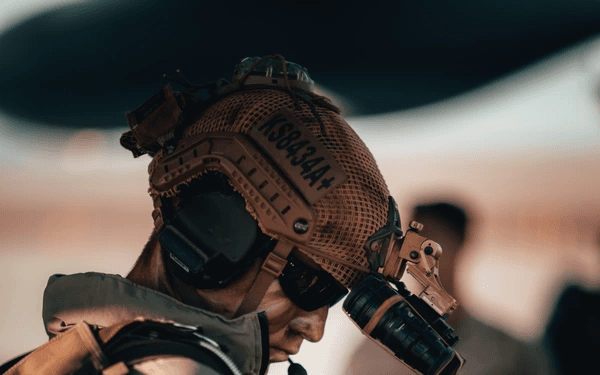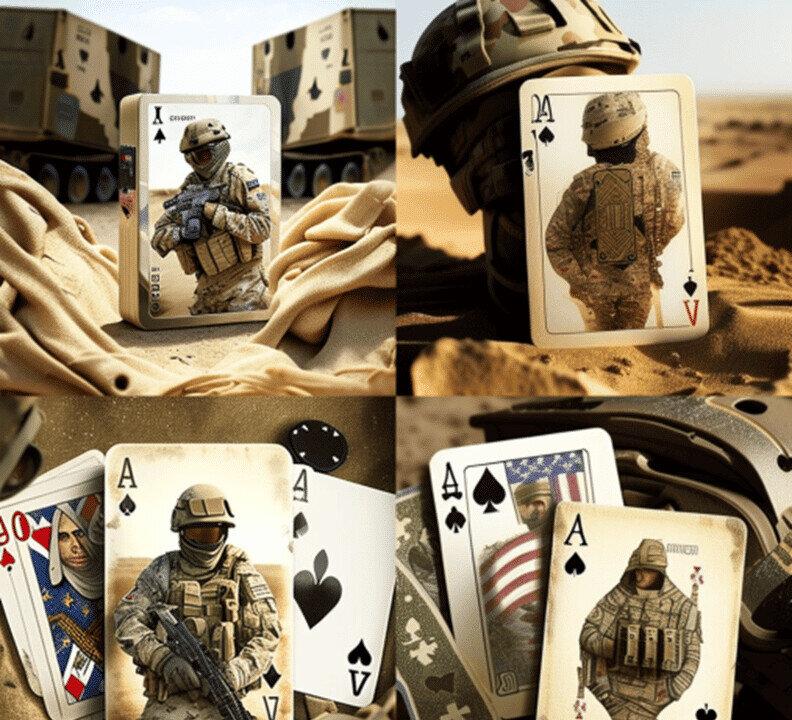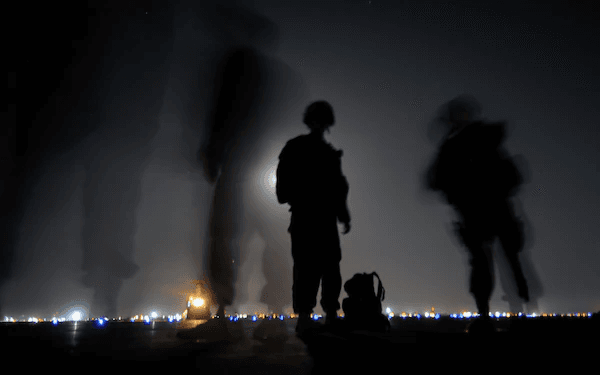Commentary
I deployed to Tallil Air Base, Iraq, in September 2004 as a U.S. Air Force (USAF) Operating Room (OR) nurse with the 407th Expeditionary Medical Group. At the time, there was still hope that Operation Iraqi Freedom might live up to its namesake. The United States was ostensibly still looking for weapons of mass destruction (the U.S. Iraq Survey Group issued its Final Report on Sept. 30, 2004), the Second Battle for Fallujah in November hadn’t yet taken place, and preparations were being made for the coming Iraqi elections in January 2005.




